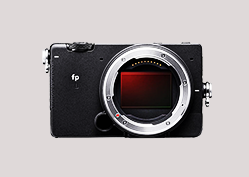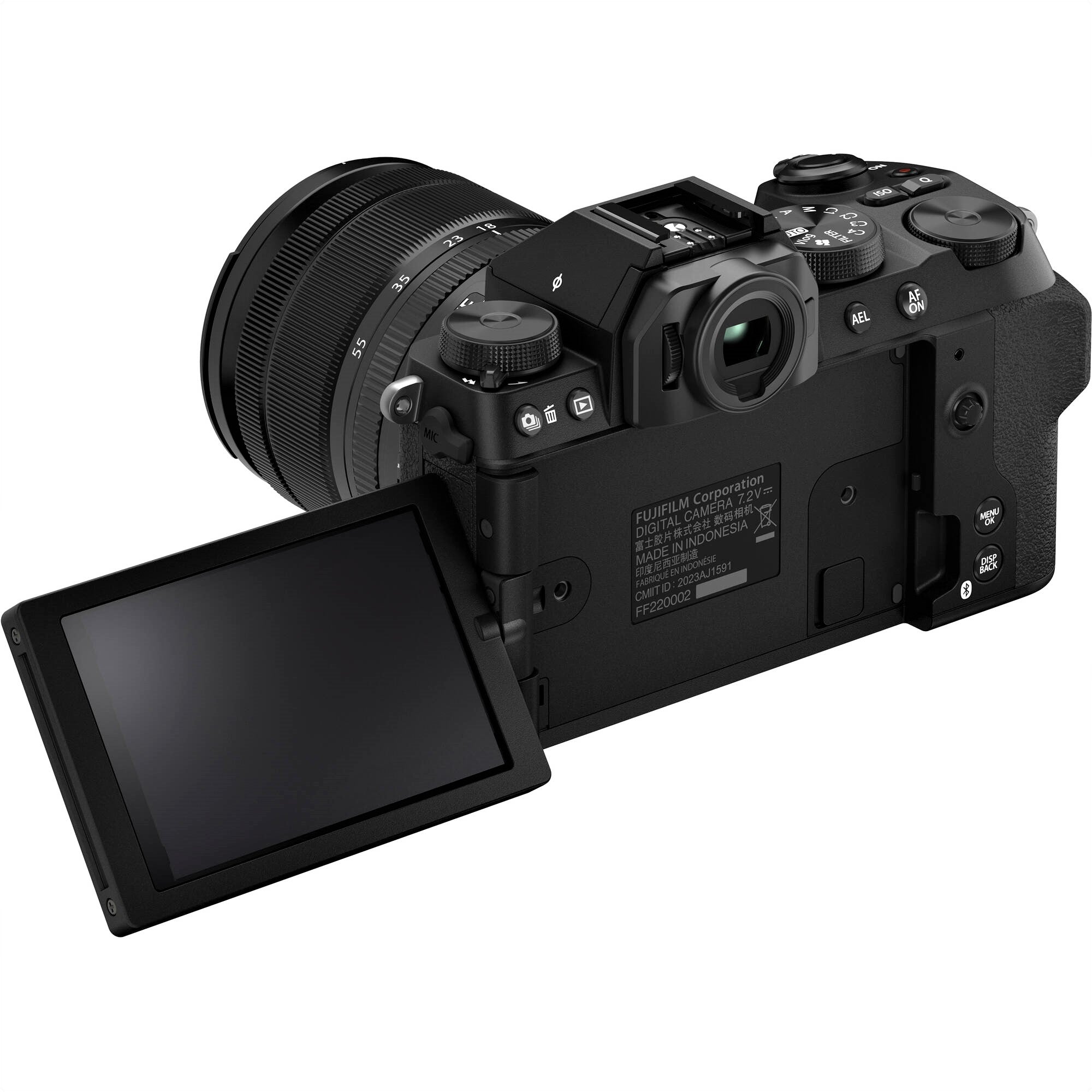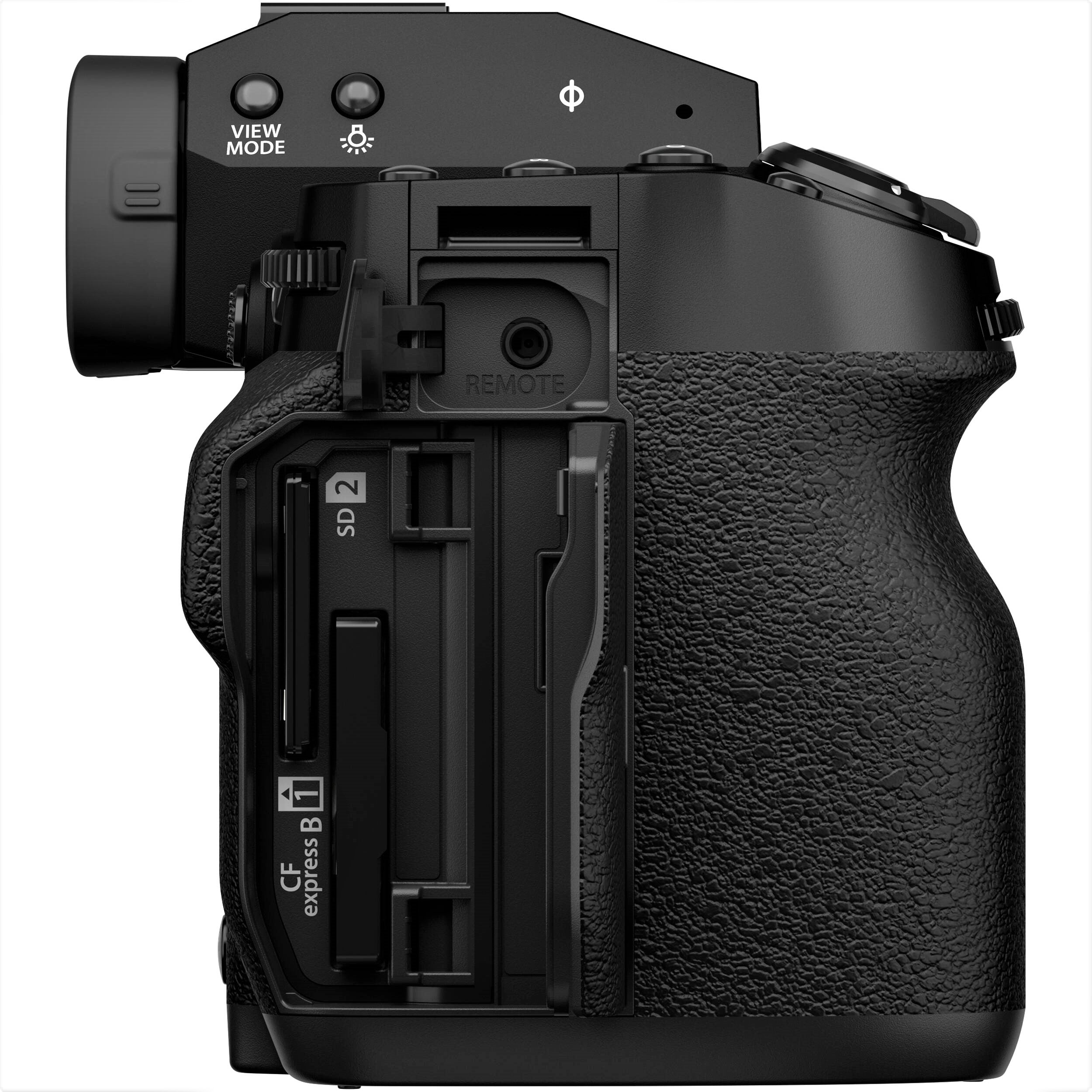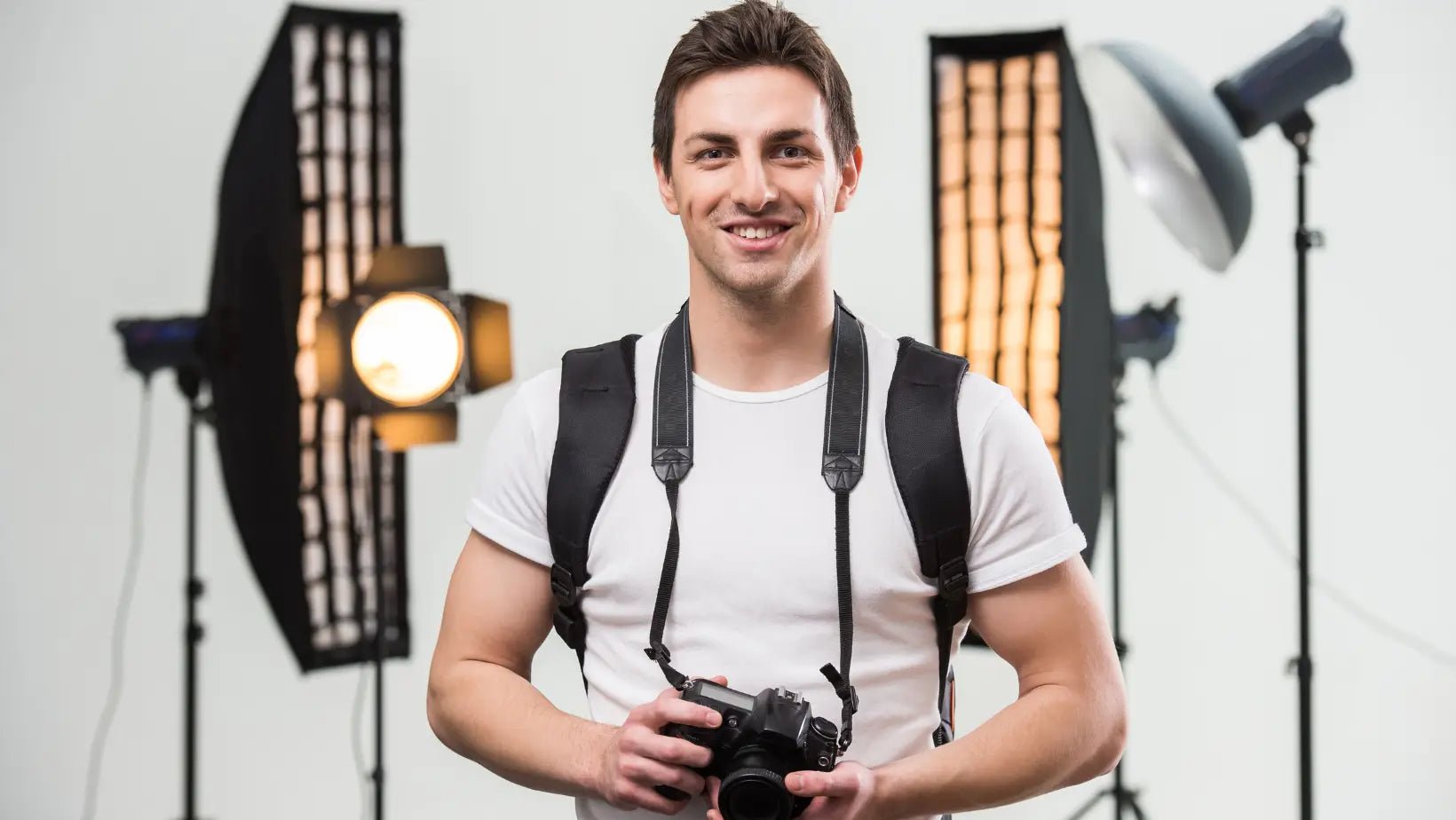Portrait photography is so much more than just taking a picture; it's an art that dives deep into capturing what makes someone unique - their spirit, character, and emotions. When you're starting out, stepping into the world of portrait photography can feel like a big challenge, but it's also incredibly fulfilling.
You're not just snapping photos; you're telling stories and preserving moments, bringing out the unseen beauty and depth in your subjects. It's a journey of learning, discovery, and creative expression that goes well beyond the basics of photography.
Portrait Photography Tips for Beginners: A Guide to Capturing Stunning Portraits
This comprehensive guide offers 10 essential tips to help you master the basics and start creating stunning, meaningful portraits. From understanding your equipment to the subtleties of lighting and composition, these tips are designed to provide a solid foundation for your portrait photography journey.
Know Your Equipment

Getting to know your camera and the lenses you have is like unlocking a treasure chest of possibilities. Imagine lenses as your toolbox for creativity. For example, snapping portraits with a 50mm lens gives you that true-to-life vibe, making everything look just as it does to your eyes. But if you switch to an 85mm lens, you're entering the realm of magazine-worthy shots – it tightens up the scene, making your subject pop against a dreamy, blurred background.
Now, let's talk about mastering the magic of aperture, shutter speed, and ISO – these are your best friends for bringing your vision to life. Playing with aperture settings lets you control the depth of field. In simple terms, it's about deciding what parts of your photo are in sharp focus and which parts fade into a soft blur.
Then there's the dance between shutter speed and ISO. It's all about balance. Shutter speed captures the action – fast speeds freeze the moment, slow speeds add a blur of movement. ISO, on the other hand, is your camera's sensitivity to light. Higher ISO can brighten your shots but be mindful; it can also add grain. Finding the sweet spot between these settings lets you nail the exposure, making your photos look just right.
Master the Light

Photography is all about playing with light. That magical time just after sunrise or just before sunset, known as the golden hour, gives you soft, warm light that makes everyone look their best in photos. It's all about experimenting with where the light is coming from and how it falls on your subject.
When you use light coming from the side, it can add a touch of drama and depth to your photos, giving them a bit of an edge. On the other hand, if you position your subject with the light behind them, you can create cool silhouette shots that are really striking.
Getting the hang of using light in different ways can totally transform your portrait photography game.
Explore Composition Techniques

Creating stunning portraits is all about nailing the right composition—it's what makes your photos pop and stand out. Think of the rule of thirds as your go-to buddy here. It's a simple trick where you divide your image into thirds, both horizontally and vertically, and then place your subject at one of the intersections.
This technique instantly makes your photos more balanced and eye-catching. But hey, rules are made to be broken, right? Don't hesitate to toss the rule of thirds out the window every now and then if you've got a creative idea brewing. Sometimes, the most memorable shots are the ones that defy the norms.
Now, let's talk about leading lines. These are literal lines in your shot—think roads, fences, or anything that can guide the viewer's eye straight to your main subject. It's like rolling out the red carpet for your subject, making sure they're the star of the show.
And don't forget about framing. It's another ace up your sleeve. You can use natural frames like doorways, windows, or even branches to encircle your subject. This not only adds a ton of depth and interest to your portrait but also feels like you're peeking into a hidden moment, making your photo even more captivating.
In a nutshell, mastering composition is your secret weapon for creating portraits that really stand out. Play around with these techniques, experiment with breaking the rules, and watch your photography go from good to great!
Focus on the Eyes

Capturing sharp, expressive eyes in portrait photography is essential—they're not just a part of the image; they're where the magic happens. Eyes have this incredible power to tell stories, evoke feelings, and create a deep connection between the subject and the viewer.
They're like the windows to the soul, revealing the true essence of the person in front of the lens.
To really make those eyes pop and grab all the attention, playing with a wide aperture setting is the way to go. This technique helps in isolating the eyes from the rest of the scene, ensuring they're the star of the show. By doing so, the background gently fades into a dreamy blur, eliminating any distractions and focusing the viewer's gaze straight into the subject's eyes.
This not only highlights the eyes but also adds a layer of depth and emotion to your portraits, making them more engaging and powerful.
Play with Perspectives

Switching up your shooting angle can really transform the vibe of your portrait. When you shoot from a higher angle, looking down on your subject, it tends to give them a more delicate or vulnerable feel, kind of shrinking them in the frame.
On the flip side, if you get down low and shoot upward, it can make your subject look stronger or more imposing, adding a touch of majesty or dominance.
Don't hesitate to play around with various heights and angles until you hit that sweet spot. Each person and scene has a unique angle that just clicks, bringing out their best or capturing the mood you're aiming for.
It's all about experimenting and seeing your subject from different viewpoints to discover the most compelling and flattering way to tell their story.
Engage with Your Subject

Getting a fantastic photo is all about making sure the person you're photographing feels totally at ease and comfortable. You see, when someone is relaxed and genuinely themselves, it shines through in the picture, making it not just good, but great.
So, here's the thing: invest a bit of time in really getting to know them. Chat about their interests, what makes them tick, or anything that lights them up. This isn't just small talk; it's about building a genuine connection.
As you do this, you'll notice a shift - they'll start to open up, their guard will come down, and their true personality will peek through. And that's the magic moment you're looking for. Because when you capture that, you're not just taking a photo; you're capturing a piece of their essence.
And trust me, it makes all the difference in the world in creating portraits that are not only natural but also deeply expressive and impactful.
Understand the Importance of Background

You know, a cluttered or busy background can totally mess up what could have been an awesome portrait. It's all about finding those neat, clean backgrounds that really make your subject pop, without any distractions.
Consider a smooth, solid-colored wall, a natural curtain made of leafy branches, or even the vast, open sky as your backdrop. Each of these options serves up a perfect canvas that lets your subject shine, without any unnecessary competition from the background.
Utilize Depth of Field

Think of depth of field as your storytelling dial in photography. When you dial it down to a shallow depth of field, using a wide aperture like f/2.8, you're honing in on your subject. This technique blurs out the background, making your subject pop and grabbing the viewer's attention. It's like putting a spotlight on them, making everything else fade into a dreamy backdrop.
This is perfect for those intimate shots where you want all eyes on the person's expression or details.
On the flip side, cranking that dial up to a deep depth of field with a smaller aperture, say f/11 or more, brings the environment into focus alongside your subject. This isn't just about capturing a person; it's about capturing their story, the where and possibly the why.
It adds layers to your image, inviting the viewer to explore the setting, the context, and how your subject fits into a larger narrative. This approach is great for environmental portraits where the surroundings contribute to the story you're telling about your subject.
So, whether you want your viewer to lock eyes with your subject or to take in their world, mastering depth of field allows you to control the narrative of your portrait in powerful ways.
Experiment with Lighting

Don't let the sun dictate your photography! Dive into the world of artificial lighting, like playing around with off-camera flashes or using steady lights.
Getting the hang of molding and directing light can totally transform your portrait game, giving you the freedom to craft any vibe or look you're going for.
Post-Processing Skills

In the post-processing stage, you get to really polish your photos. It's all about diving into the nitty-gritty to make your images pop! This is where you'll learn to tweak exposure, contrast, and color balance to bring out the best in your portraits.
When it comes to retouching, think of it as giving your photo a gentle nudge rather than a complete makeover. The trick is to enhance its beauty subtly so that it still looks real and natural.
Conclusion
Portrait photography is a journey of discovery, both of your subjects and of your own creative abilities. These 10 tips provide a foundation for beginners to start experimenting and developing their unique style in portrait photography.
Remember, the best portrait is one that captures the unique essence and personality of the subject. Keep practicing, stay curious, and let your portraits tell the stories of those you photograph.
Visit Nuzira to learn more about Photography!
FAQs:
What settings should I use for outdoor portrait photography?
- For outdoor portraits, start with a wide aperture (f/1.8 to f/4) to blur the background, a shutter speed fast enough to freeze motion (at least 1/200th of a second), and adjust the ISO to suit the lighting conditions.
How can I improve my portrait photography quickly?
- Practice regularly, study the work of established portrait photographers, and don't be afraid to experiment with different techniques and styles.
Is it necessary to have a professional studio for portrait photography?
- No, great portraits can be taken anywhere. Natural settings, urban environments, or even a well-lit room at home can serve as excellent locations for portrait photography.






